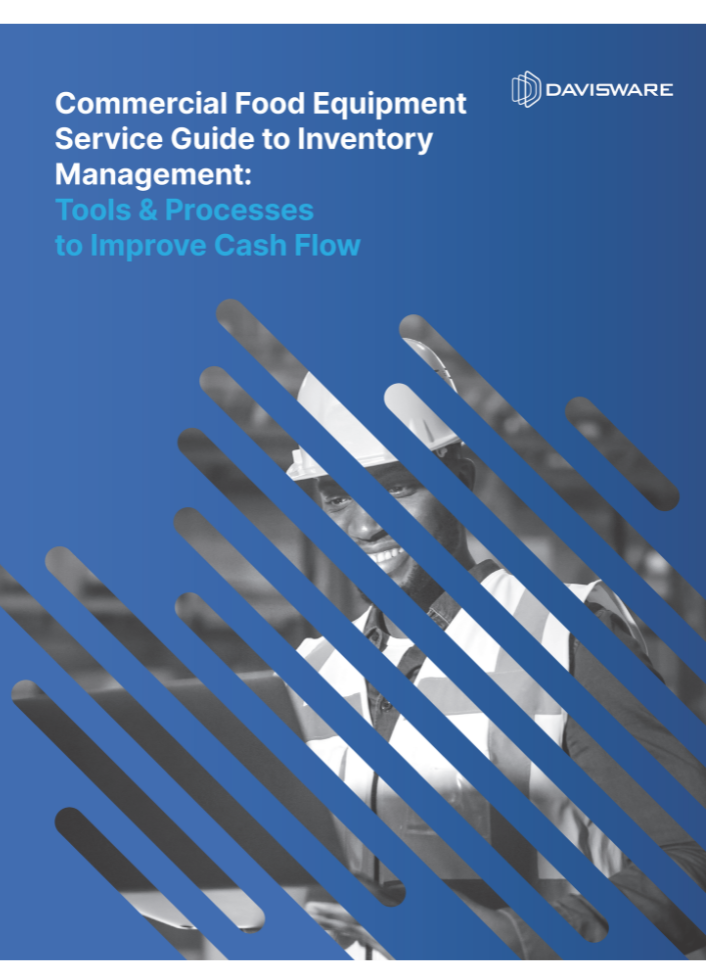Despite being critical to the financial health of your organization, inventory management is one of the biggest challenges commercial food equipment service companies face. Here are a few of the biggest inventory management obstacles commercial food equipment service leaders are up against:
1. Managing inventory can be time-consuming.
In the commercial food equipment service industry, you have to juggle a range of inventory-related tasks all at once. In addition to just tracking parts inventory, you have to establish benchmarks and make sure your parts levels are satisfying your customers’ needs. At the same time, you must know what parts you have on hand, establish the right pricing information to maintain manufacturer relationships, and understand which techs need which parts to complete a job.
If you’re trying to manage all of these tasks manually, your team will feel overwhelmed quickly. Additionally, if you’re asking inventory management leaders to hop from program to program to track all of these areas of the business, it can lead to costly errors and wasted time.
2. Commercial food equipment service companies often lack processes.
Simply put, many commercial food equipment service companies don’t have inventory processes to keep up with volume. Too often, a company will get by with limited inventory management processes as a young business only to run into chaos when the company grows. As a result, commercial food equipment service companies will frequently try to piece together data from multiple systems, or leaders simply won’t know how to start putting together an inventory management system. All the while, money leaks from the company’s bottom line, and the risk of losing customers rises.
3. Money may be rolling out of your operation.
Often, commercial food equipment service companies don’t have the foodservice equipment management systems to track return credits or manufacturer pricing discounts. That can end up costing your company. If you have parts that you could be returning for credit just sitting in your warehouse, savings could be flying out the window. At the same time, you need to understand the costs of each piece of equipment if you want to set pricing that’s fair to your customer but profitable for you.
4. Inadequate parts management can delay jobs.
If you want your techs to deliver the best service possible, they need to have the right part in their hand in time to complete a job. Any holdups in that process mean you’re reaching fewer customers and bringing in less revenue.
In addition to needing to know what parts are on what truck, you also need to know which parts are in stock in your warehouses and the location of go-boxes. After all, if your techs are showing up to grab a part and it’s not there, or the go-box location has moved, it can delay jobs. Ultimately, any kinks in your inventory management process stop your techs from completing jobs quickly. That means you’re not able to deliver service to as many customers, reach your full revenue potential, or drive a level of customer satisfaction that promotes exponential growth.



